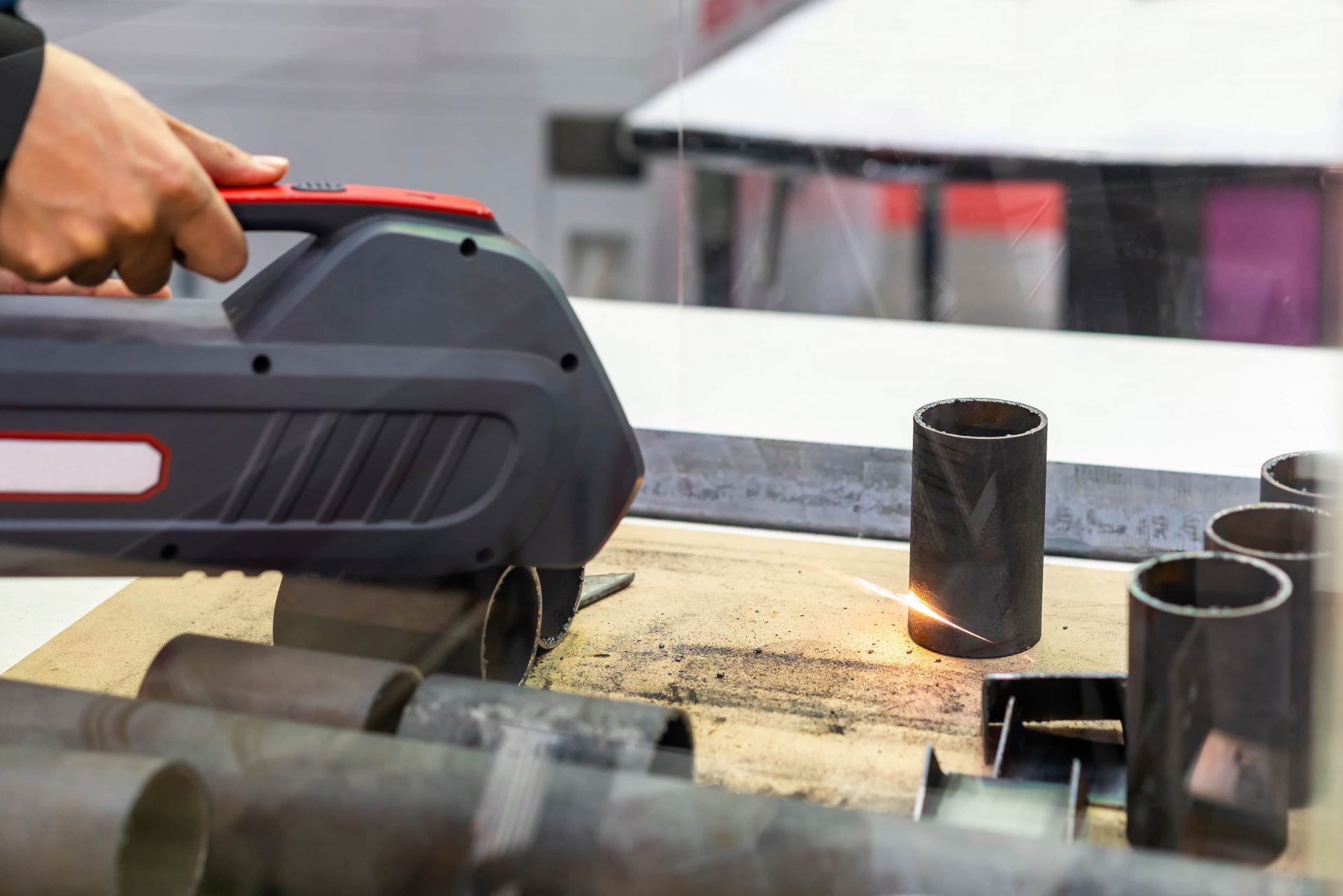By Daniel Green
The first laser was built in 1960 by Teddy Maiman while working for American industrial magnate Howard Hughes. The term is an acronym for its method of operation: Light Amplification by Stimulated Emission of Radiation. Long story short it simulates radiation to make light stronger.
Since then lasers have been used with ever increasing frequency in more and more applications. DVD and CD drives, printers, barcode scanners, fibre optic communications, surgery such as LASIC and hundreds of military applications. Recent technological advancements however has seen a new purpose arise: laser ablation. Or put simply, cleaning metal with lasers.
Traditional metal cleaning methods have their advantages and disadvantages.
- Chemicals. Products are readily available, can be used in a localised way and requires no training. Their liquid form means they can run into hard-to-reach crevices, can be hosed off and are very fast-acting. They do however contain some pretty harsh chemicals and give off some horrendous vapours. They stain concrete and due to their toxicity require any runoff to be collected. They’re not so good on multiple or heavy coatings. But they’re cheap.
- Media blasting. This yields a more environmentally sound result, the material can be re-used and comes in different grades – meaning more contact control with the underlying metal. Often times though the blasting material can remain trapped in crevices and is very difficult to remove. It also goes absolutely everywhere, often necessitating the use of a blasting cabinet/booth – which limits objects by size. The sheer pressure means specialised PPE and in some cases – training. It struggles with grease and oil. But it has excellent control of the profile of the surface for new coating adhesion.
- Mechanical means. Grinders, wire wheels and abrasive paper are also cost effective but revery tome consuming. There’s no harsh chemicals but there’s the dust to contend with. Operator’s don’t usually need training the attachment doesn’t always reach hard-to-access nooks. The equipment is cheap but consumables can be costly. It’s also not good for the environment because the waste material can get airborne quite easily. It sure is cheap though.
Lasers
With their sanitary operation lasers negate many of the disadvantages associated with these common methods. By using concentrated light, lasers have the following advantages:
- There are no consumables. Lasers require no material like during blasting. There’s no product to paint on such as paint stripper. There’s no wire wheels and grinding discs to continually replace. Over time it is therefore far more cost effective.
- There is no silica dust to contend with like during many types of abrasive blasting.
- There is very little waste. The laser light vaporises almost all of the surface coating, literally turning it to nothing. There is almost no cleanup.
- It is mobile. Because there’s such insignificant waste laser surface prep can be done almost anywhere. This also means that items once too large for a blasting booth can now be lasered.
- Ablation control is superb. This simply means that the operator has greater control over how much material is removed. This is due to the adjustable strength of the laser. Different metals have different ablation points, meaning that with fine tuning of the laser the same machine can be used across many different substrates.
- The long term cost is extremely low. Because there’s no consumables there is very little ongoing outlays. The only investment is the machine itself.
Lasers do have disadvantages:
- Their initial setup cost can be quite high. Good quality 2000w machines capable of commercial and industrial scale corrosion removal start around the $25k mark. Military spec machines however can cost near half a million dollars.
- There’s danger. Without a thorough understanding of laser technology as well as employing safe working practices, laser’s can cause permanent blindness. Essentially an optical danger zone needs to be established on every job.
In Conclusion
Laser rust removal is an extremely effective method of removing surface contaminants from ferrous and other metals. It leaves almost zero waste, makes virtually no mess and has superb ablation control. Due to the current technological constraints, costs can be high and thus will restrict its application to projects that can justify the extra cost – or projects where precision is critical.
As the technology advances costs and size will come down, bringing the technology within reach of lower budgeted projects.
For further information on how lasers can help your rendition project, contact Tom Matanovic on 0407 491 888.
For more information on our services, take a look at our webpage or request a free quote.
contact us today
